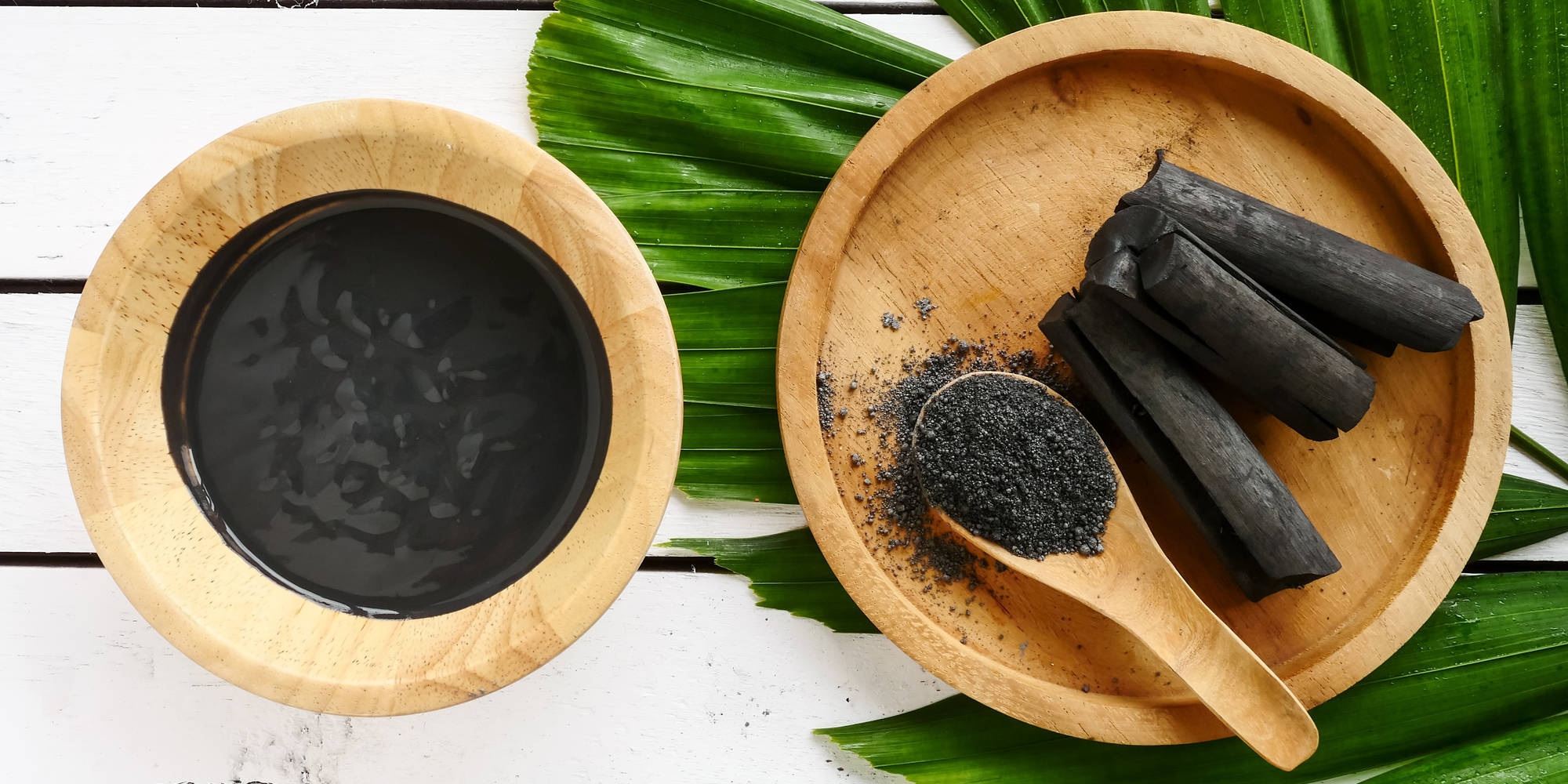Therapeutic uses of castor oil
By Jillian Jastrzembski

Castor oil is a popular remedy from ancient times that still finds therapeutic relevance today. It has a multitude of valuable healing properties including anti-microbial, antioxidant, analgesic, and anti-inflammatory. Castor oil is used topically and orally to treat gynecological disorders, gastrointestinal organs, and to promote general healing. The efficacy of castor oil is largely attributed to its primary component, ricinoleic acid, which resembles prostaglandins, and is thus able to influence a variety of biochemical pathways.










